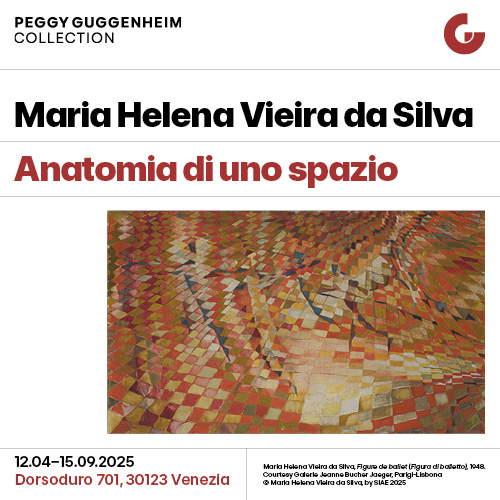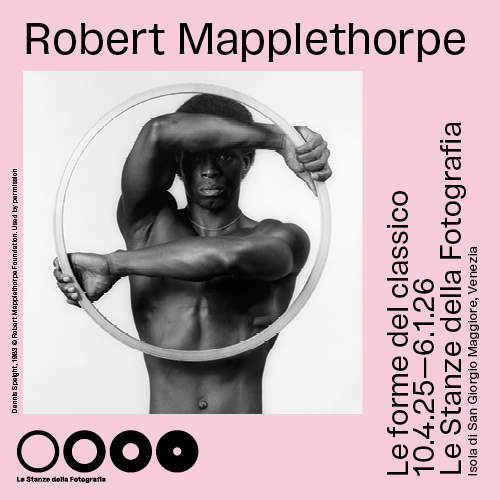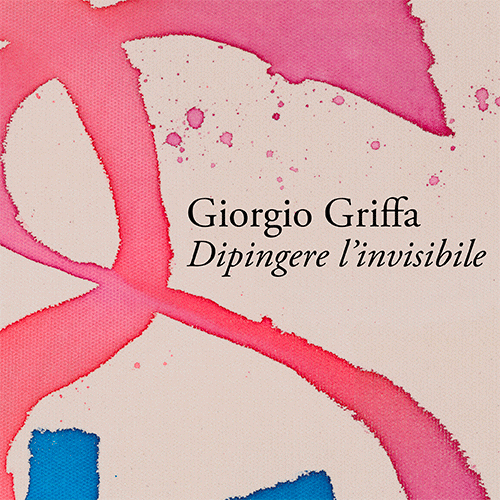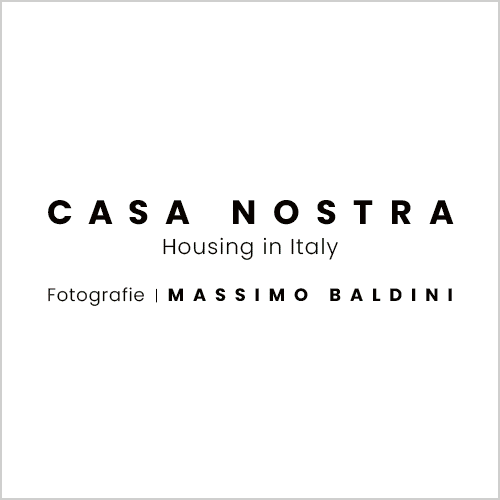The essence of Arte Povera in a Tornabuoni Arte exhibition in Florence
Arte Povera returns to Florence with an exhibition celebrating its radicalism and legacy. From April 17 to June 27, 2025, the Tornabuoni Arte gallery is hosting Arte Povera: the Beauty of the Essential, an exhibition tracing the conceptual and visual revolution that began in the 1960s. The exhibition brings together some of the most emblematic works by the movement’s protagonists, including Alighiero Boetti, Pier Paolo Calzolari, Jannis Kounellis, Mario Merz, Giulio Paolini, Pino Pascali, Michelangelo Pistoletto and Gilberto Zorio.
The term Arte Povera was coined in 1967 by critic Germano Celant in the article Arte Povera. Appunti per una guerriglia, published in Flash Art. In those lines Celant outlined the revolutionary scope of a group of artists who, challenging the art system and its commodification, used unconventional materials to question the relationship between man and nature. Although they never signed a manifesto, the protagonists of Arte Povera continued to exhibit together, profoundly influencing the subsequent art scene.
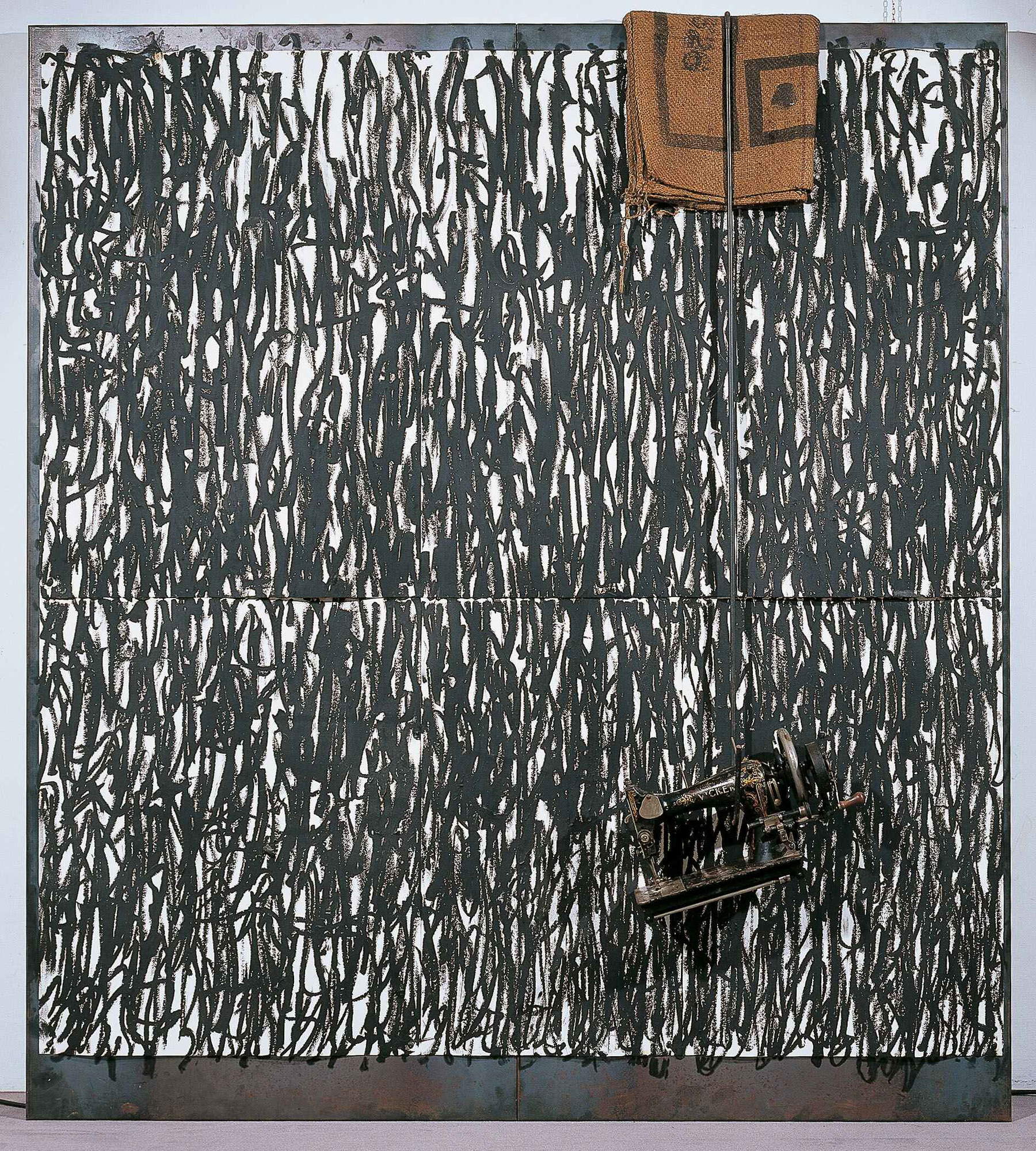
The exhibition organized by Tornabuoni Arte evokes the subversive spirit of the movement, highlighting the search for an essential expressive language and the ability to transform everyday materials into tools for poetic and social investigation. An art that thrives on contrasts and interactions, as critic Bruno Corà, president of the Burri Foundation, points out in his essay Arte Povera, Dialogues (Forma Edizioni, 2024). According to Corà, Arte Povera works are characterized by a balance between solids and voids, between action and contemplation, in which the viewer actively participates in the construction of meaning. The exhibition includes a selection of works by Alighiero Boetti, including Mimetico (1967), presented in the historic Arte Povera exhibition curated by Celant at La Bertesca gallery in Genoa, and Mettere al mondo il mondo (1975), which explores the power of language through the use of the ballpoint pen. As Agata Boetti, director of the Alighiero Boetti Archive, points out, already in the 1960s the artist was developing the concepts of randomness, time and writing that would characterize his later production.
Mario Merz, known for his fusion of nature and political consciousness, is present with a series of pictorial works on paper and cardboard, made in the early 1980s. Pier Paolo Calzolari, on the other hand, is represented by works using “poor” and perishable materials, such as salt, tobacco, leaves and candles on cardboard, as well as later works such as Hero (1986) and Mirror (1990). The exhibition also includes Gianni Piacentino and Mario Ceroli, artists who, although not part of the core Arte Povera movement, shared some of its principles. Ceroli, invited by Celant to the Genoa exhibition in 1967, is considered a precursor of the movement for his innovative use of wood, rags and cardboard. His works in the exhibition include Gloria eterna ai caduti per la pittura (1972), Serata di gala (1981) and Squilibrio (1988), examples of his unmistakable visual poetics.
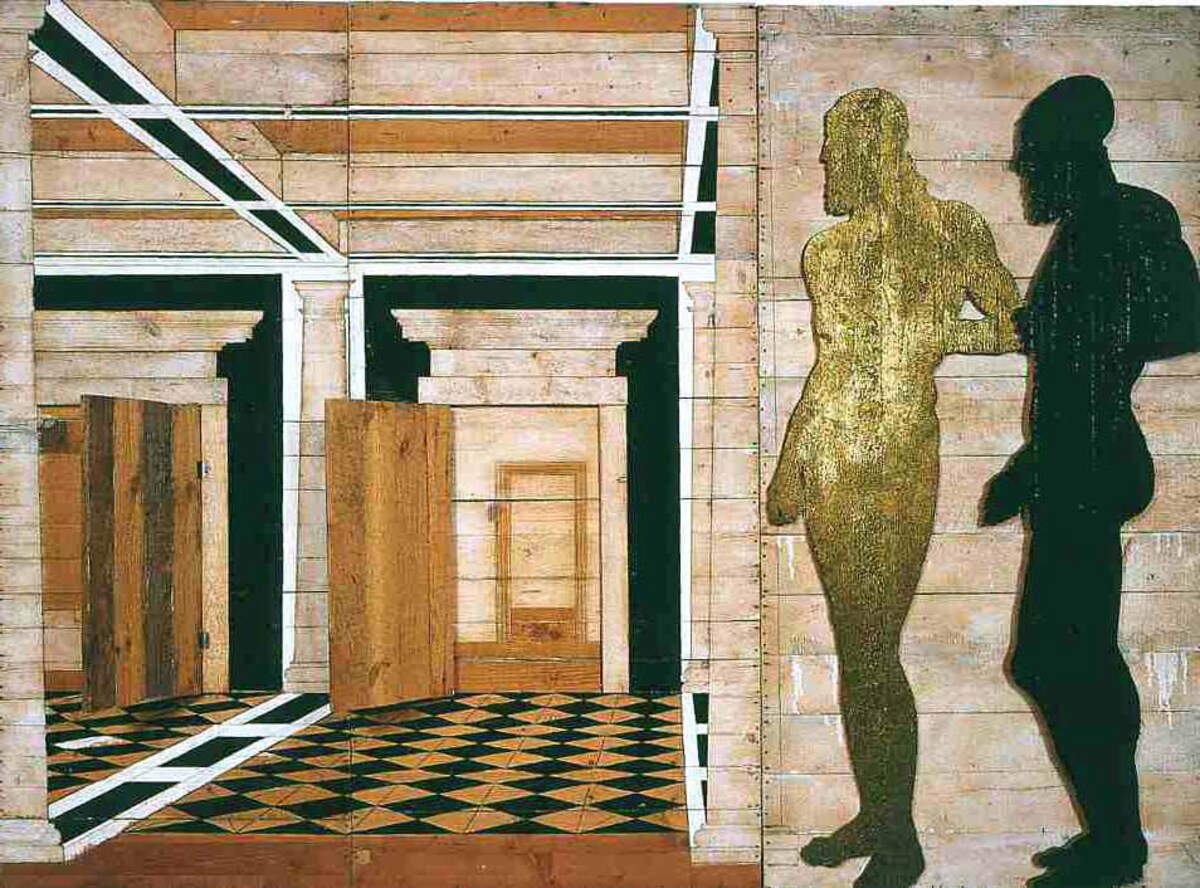
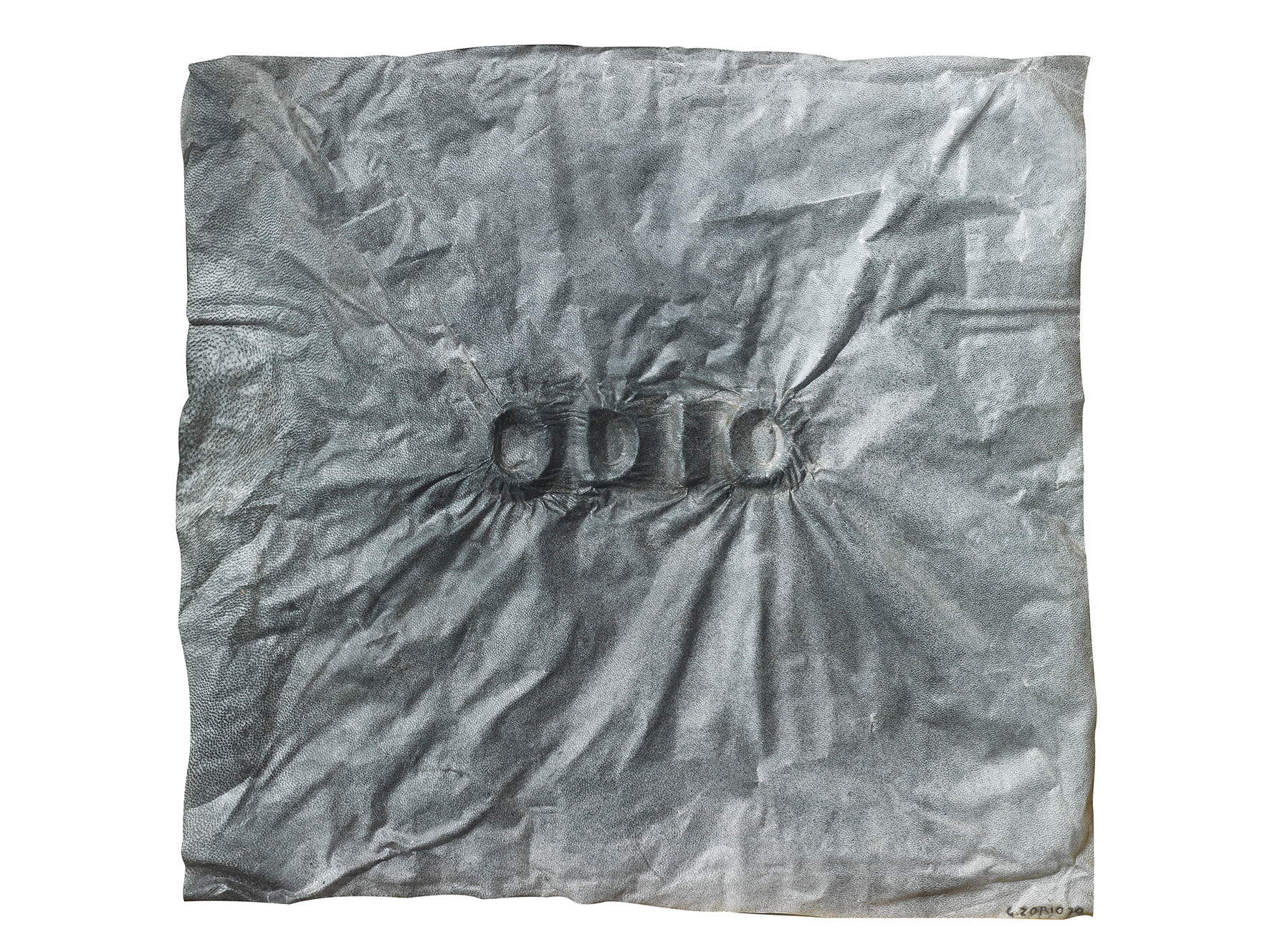
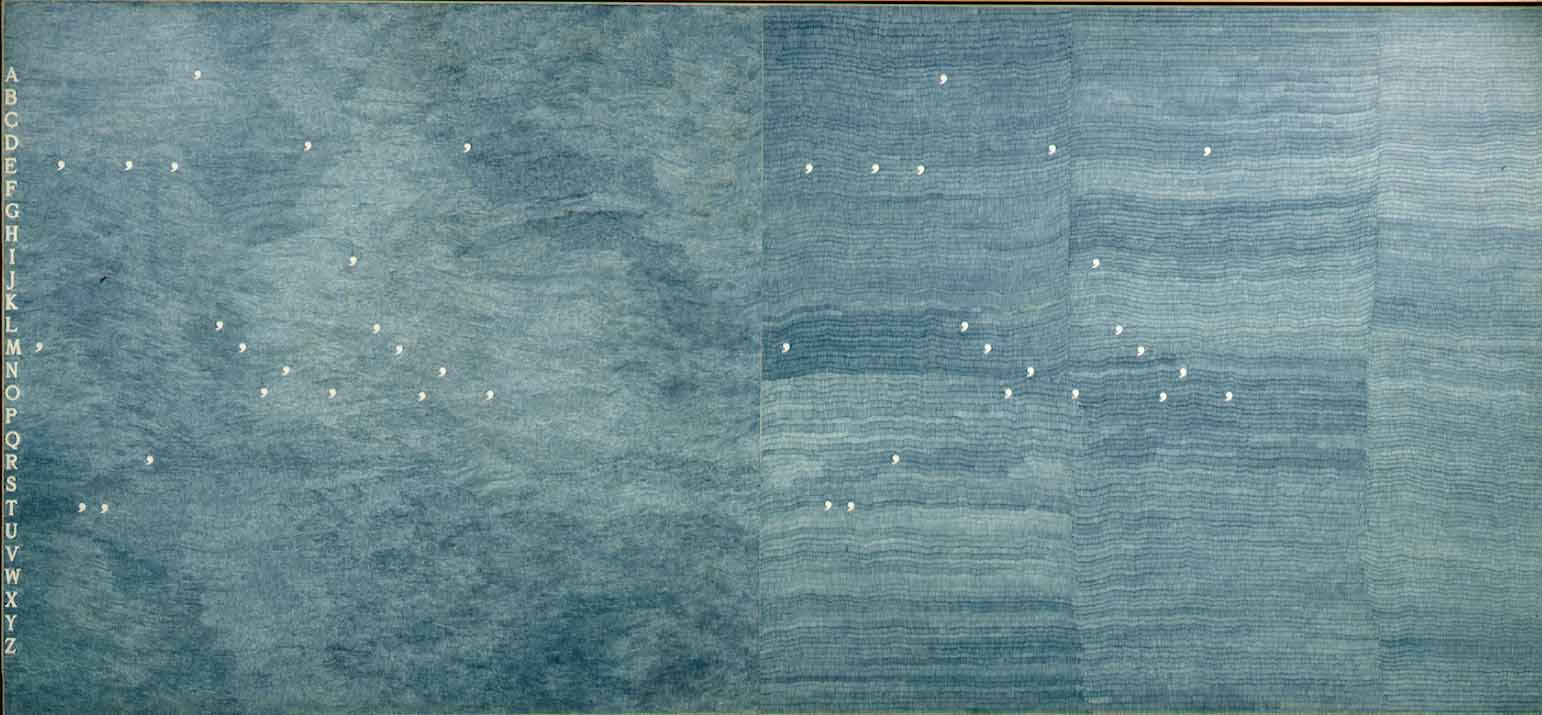
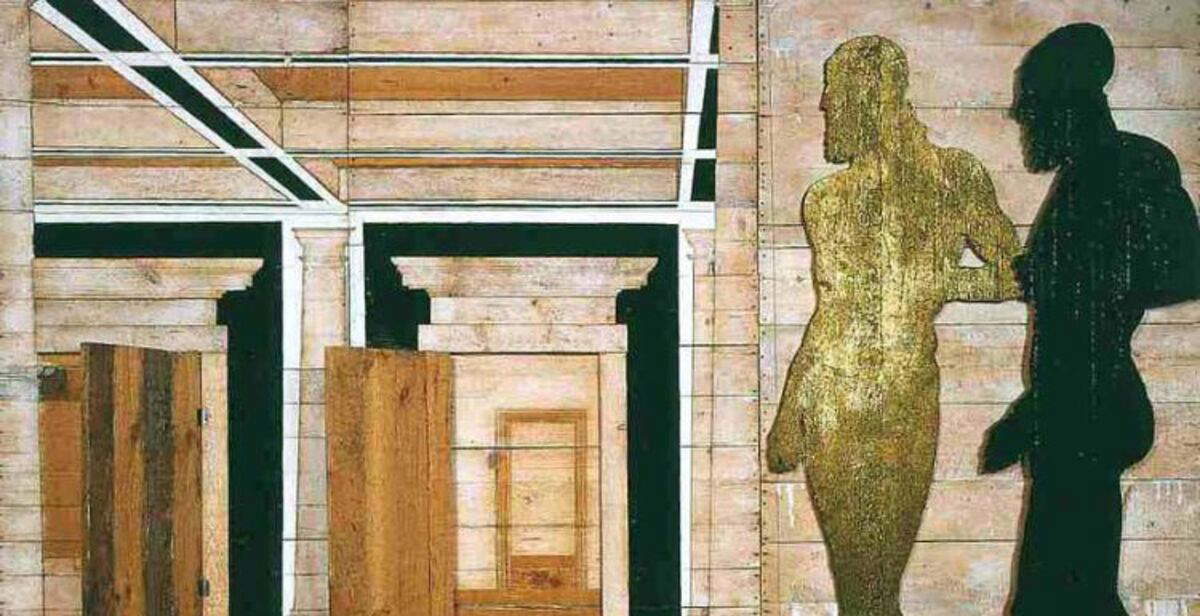 |
| The essence of Arte Povera in a Tornabuoni Arte exhibition in Florence |
Warning: the translation into English of the original Italian article was created using automatic tools. We undertake to review all articles, but we do not guarantee the total absence of inaccuracies in the translation due to the program. You can find the original by clicking on the ITA button. If you find any mistake,please contact us.





